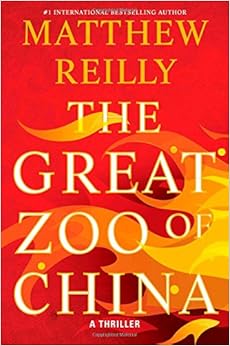
John Lescroart is in the process of trying to do something that's really, really rare in series fiction. He's begun transitioning a second generation character into the lead role in his series of legal thrillers and mysteries. Rebecca Hardy, aka "The Beck," wasn't even born when the series began with Dead Irish in 1989. We've watched the character grow up as the original leads in the series have also aged, in about real time. Dismas Hardy and Abe Giltsky are now in their sixties, and since his series has always had the flexibility to move supporting players up to the spotlight, it feels natural and right for Dismas's daughter to step up.
The Beck is now in her early twenties and an associate in her dad's firm, and she ends up defending her first murder case. Dismas is on hand to provide advice and support, and investigator Wyatt Hunt is there to do some ground work, but otherwise this defense is being undertaken by somebody who's probably not ready for how bad things can get in a Lescroart novel, particularly with a client as unhelpful as this one is.
To be bluntly honest, any author is attempting a real highwire act when they create a client as unsympathetic as The Beck's. They risk alienating the reader. Lescroart did something like this many years ago, when Dismas had a disagreeable, overly-affectionate woman to defend - Hey! You leave Mrs. Hardy's man alone, lady! - but this guy's a real piece of work. He lies, he holds back critical information, he ends up making The Beck look bad in the cops' eyes before his arrest, he questions her strategies, he downright refuses to let her consider finding a way to end the proceedings with a mistrial, and so it's not the easiest read. Is it possible to root for our heroine while simultaneously hoping that her sleazeball client is guilty?
Some of Lescroart's novels keep me riveted and some leave me curious about what will happen while not really able to embrace the situation. Since I couldn't warm to the accused, I found myself more entertained than I sometimes am by all the red herrings, diversions, alternate theories, and more about who threw the young murder victim to her death, and several thrilling sequences as some of these play out. One of these even leads to one of the ongoing cast's many supporting players taking a gunshot wound that leaves him bleeding in the streets of San Francisco. In previous books, I have occasionally, and unfairly, lost patience with some of the detail-heavy side stories that Lescroart employs, waiting on pins and needles to get back to the lawyer and client, but I found them really engrossing this time out, with so many rich characters to meet. Perhaps the next time that The Beck takes on a client, I'll get exasperated with the roadblocks instead of the fellow she defends! Recommended, naturally.
A copy of this book was provided by the publisher for the purpose of review. If you'd like to see your books (typically comics or detective fiction) featured here, send me an email.


